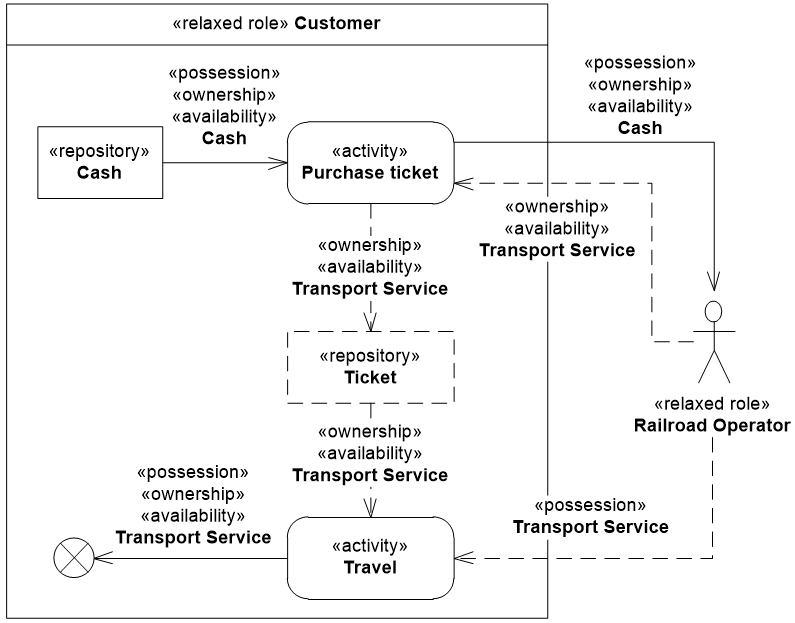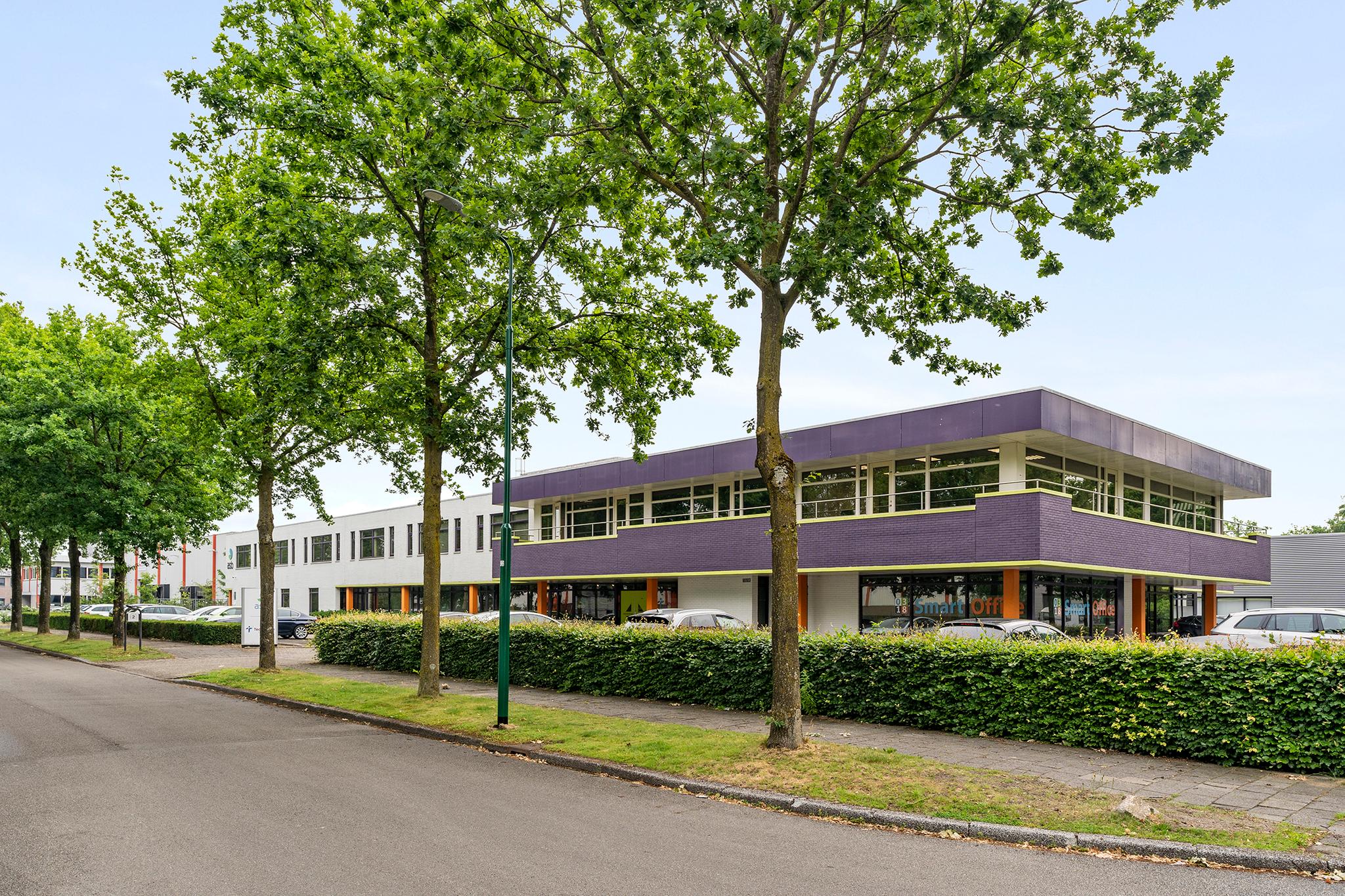This post will give more detail about the mapping of Possession, Ownership, Availability (POA) to VDML.
POA, is a method, notation and ontology for modeling business processes focusing on value delivery, which is a suitable for model-driven design of ERP and enterprise information systems (Scheller, Hruby, 2009, 2011). The POA model defines specific roles in a business process, and describes value delivery as flows of possession, ownership and availability of resources between the roles, as well as deposits and withdrawals from the roles’ repositories. The concepts of possession and ownership correspond to the same concepts in legal systems, and enable constructing the chart of accounts and balance sheet of an economic entity. Availability determines the production-possibility frontier of economic entities in the network.

Example of a POA Model
As the POA concepts can be mapped to the accounting concepts, the POA model can be used for verifying consistency between an existing accounting system and the business process model. The primary purpose of the POA model is specification of an executable, platform-independent model as described in the OMG model-driven architecture, from which accounting and enterprise information systems can be generated.
The figure above, depicts value delivery between a Customer and a Railroad operator, where Ticket represents a repository of availability and ownership of Transport Service. The Purchase ticket activity represents an exchange of Cash for availability and ownership of Transport service. The Travel activity represents receipt of possession of Transport Service, settlement of Customer’s claim, and consumption of the service. The table below outlines the relationships between the POA concepts and the VDML concepts.
| VDML Concept | POA Concept | Remarks |
|---|---|---|
| Activity | Activity | Definitions are compatible. |
| Value proposition | Availability | In POA, availability is defined as the conditional right to possess a resource. Depending on the condition, availability can represent anything from proposal to binding contract. |
| Collaboration | Business process | Definitions are compatible. In POA, a business process represents a description of how roles interact. Both in POA and in VDML the boundary of a network of roles and activities is a collaboration whereas an activity describes work of a single role within the collaboration. |
| Deliverable flow (Store) | Deposit and withdrawal | Definitions are compatible. |
| Deliverable flow (Role) | Flow | Definitions are compatible. In POA, flow represents transfer of possession, ownership or availability of resources from one role to another. In VDML, the deliverable, represented as a Business Item, can be defined as a transfer of possession, ownership or availability. |
| Intangible | Intangible | Definitions are the same. |
| Store | Repository | Definitions are the compatible. Like in VDML, repositories can be physical, such as warehouse, or abstract entities, such as debt. Repositories of availability and ownership (but not possession) may have negative value. |
| Role | Role | Definitions are compatible. In POA, a role can be marked as relaxed, meaning that the model does not have to specify how the role obtained the consumed and used resources. In VDML, roles are relaxed by default. |
| Tangible | Tangible | Definitions are the same. In POA, intangibility is a property of a resource. |
| Pool | Usage | In POA usage represents resources required by an activity, but without being consumed, such as usage of tools or usage of information. In VDML this is a Pool (a specialization of Store) managing a reusable resource. |
| Value | Value and Minibudget | Definitions are compatible. |
Scheller. C.V., Hruby, P. Is POA the Precise Semantics of REA?, 3rd International Workshop on Value Modeling and Business Ontologies, Stockholm, Sweden, 2009.

